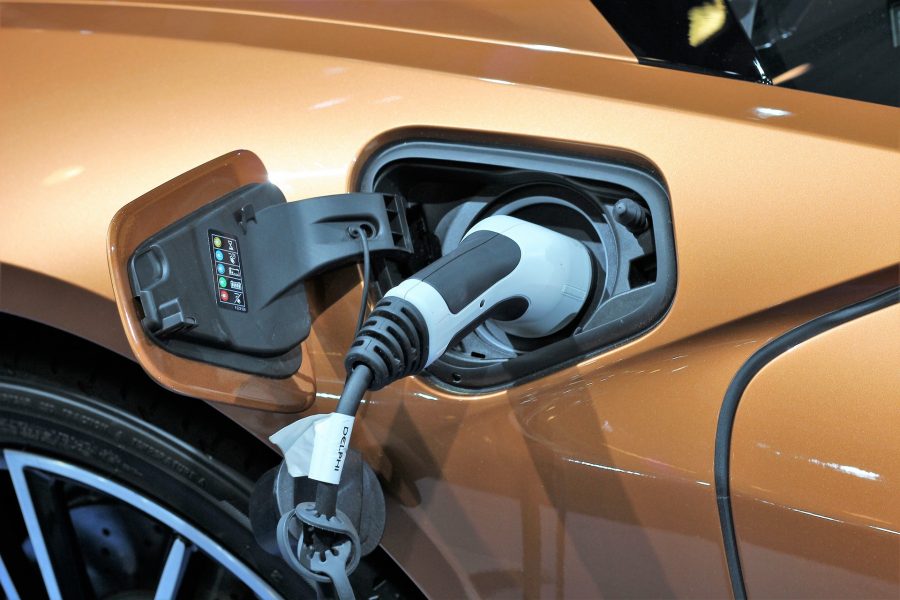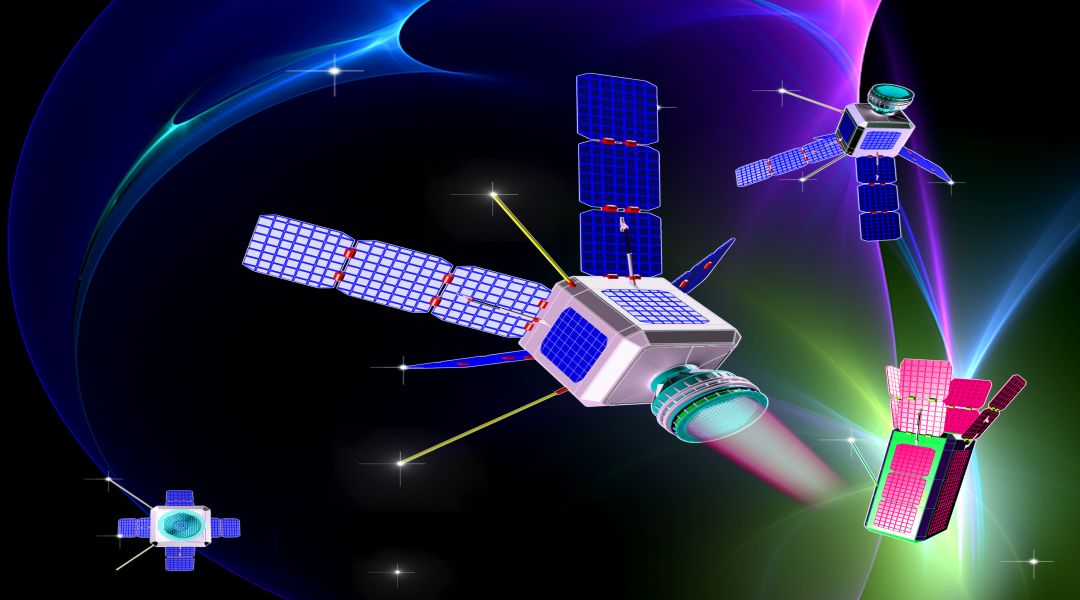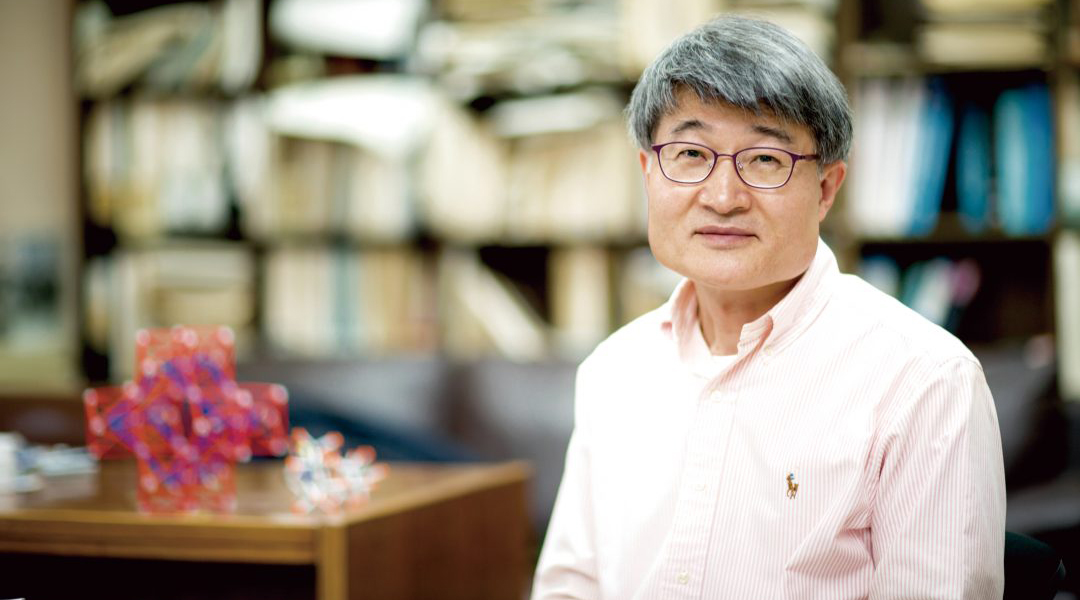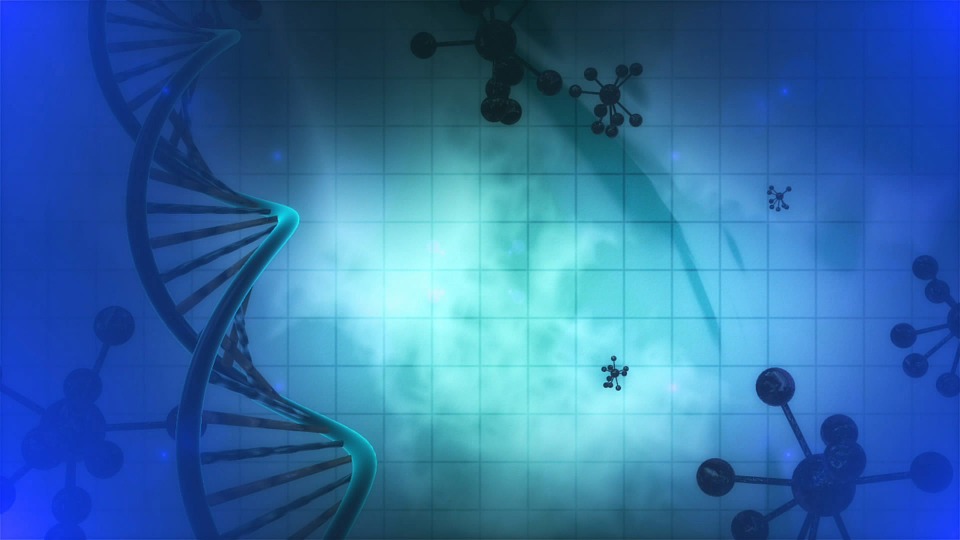A comprehensive study aims to make the assessment of rechargeable battery performance more transparent.


A comprehensive study aims to make the assessment of rechargeable battery performance more transparent.

Spatial and temporal control of drug production is achieved by optogenetical triggering a hydrogel-encapsulated bacterial system.
![Mimicking Brain Connectivity with a Graphene–Carbon Nanotube Web [Video]](https://www.advancedsciencenews.com/wp-content/uploads/2019/01/adma201806132_ASN_image_001.jpg)
A cortex-like, 3D model of the brain can be used to screen drugs against diseases such as malignant glioma infiltration.

US researchers unexpectedly discovered auspicious catalysts to reduce water into hydrogen gas and oxygen molecules.

Self-healing, adaptive, and multifunctional materials play a pivotal role in engineering next-generation spacecraft.

A “butterfly” system of carbon nanotubes grafted with semiconducting polymers increases organic photovoltaic efficiency.

A novel polymer delivery system for gene therapy slows cancer growth.

Kilwon Cho is a materials scientist who hopes to see his research on organic electronics applied in everyday life.

Paul Shearing of UCL explains thermal runaway observed in lithium-based battery systems, and comments on its mitigation and the future of battery safety.

Synergistic developments in advanced fluorescent imaging and labeling techniques enable direct visualization of the chromatin structure and dynamics at the nanoscale level and in live cells.